The Southwest, and arid regions more broadly, are home to peoples and cultures that have lived and thrived for millennia. This theme focuses on traditional practices, ideas, and technologies that highlight the many diverse cultures and practices in the Southwest.
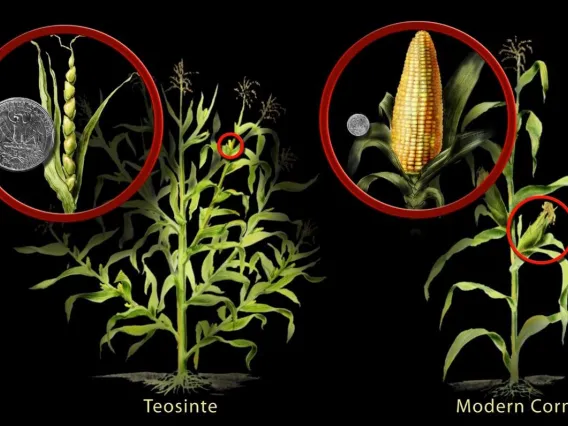
Indigenous Agriculture & Plant Cultivation in the Southwest
Author: Arisbeth Ibarra Nieblas
Subject/Class: Science, Botany, Ecology, Indigenous Studies, Social Studies
Grade Level: 4th - 8th grades
Summary: This lesson introduces students to the long and rich history of agriculture and food gathering in the Sonoran desert practiced by Indigenous peoples in the Southwestern US. The activities and content include traditional food cultivation practices, plant science, relationships between various plants, and human-nature relationships. Students will read several writings on nature and plants by Indigenous authors and compare traditional ways of understanding plant relationships to Western science constructs.
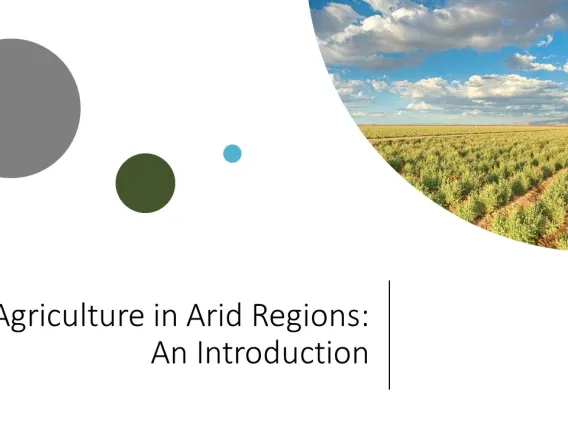
Agriculture in Arid Regions: An Introduction
Author: Arisbeth Ibarra Nieblas, Melissa Wilburn, and Corey Knox
Subject/Class: Science
Grade Level: 6th – 8th grades
Summary: In this lesson, students are introduced to the importance of agriculture in Arizona and the factors that influence what crops are grown and the resources involved (water). Students participate in activities and discussions related to choices and factors that must be considered from both an economic and environmental perspective related to land use and agriculture.
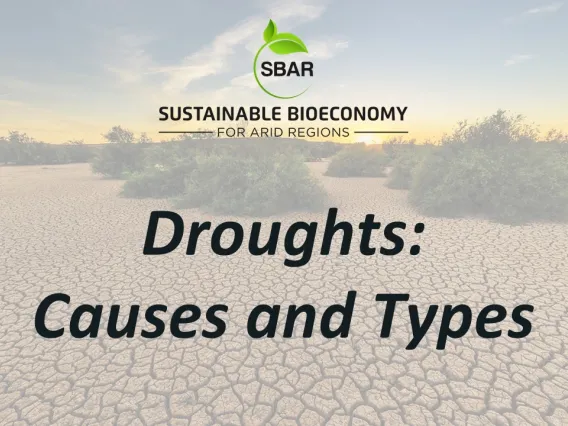
Droughts: Causes and Types
Author: Rodrigo Rosales, Cathy Bradley, and Karina G. Martinez-Molina
Subject/Class: Science
Grade Level: 6th – 8th grade
Summary: Students will analyze data to recognize drought conditions and participate in group discussions on the causes and signs of droughts. Students will create an informative and illustrative model presentation that identifies the different types of droughts and drought conditions that may exist in their local area using science vocabulary, claims, evidence, and reasoning.
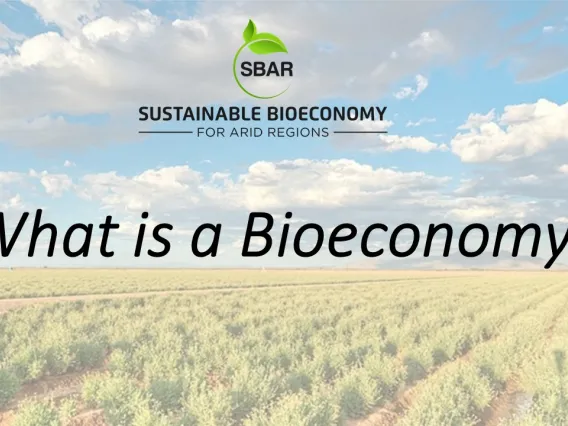
What is a Bioeconomy?
Author: Arisbeth Ibarra Nieblas
Subject/Class: Science
Grade Level: 6th – 8th grades
Summary: This lesson introduces students to the concept of a bioeconomy. Students gain an understanding of the environmental impacts and processes of commonly used products.
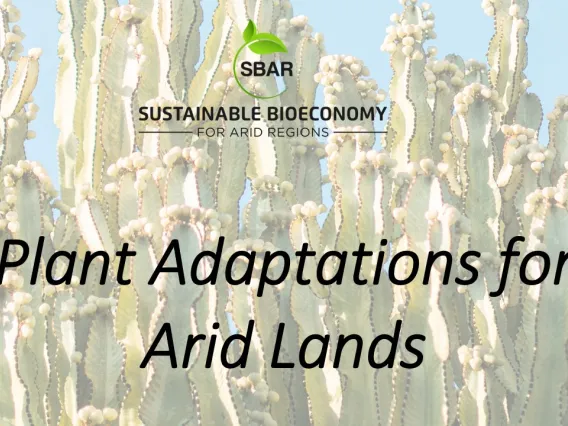
Plant Adaptations for Arid Lands
Author: Traci Klein, Matthew Katterman, Arisbeth Ibarra Nieblas
Subject: Science
Grades: 6th – 8th grades
Summary: This lesson introduces students to the idea of biological adaptation and explains how plants adapt to a desert environment. Students will get to create their own imaginary plant that is adapted to the desert.
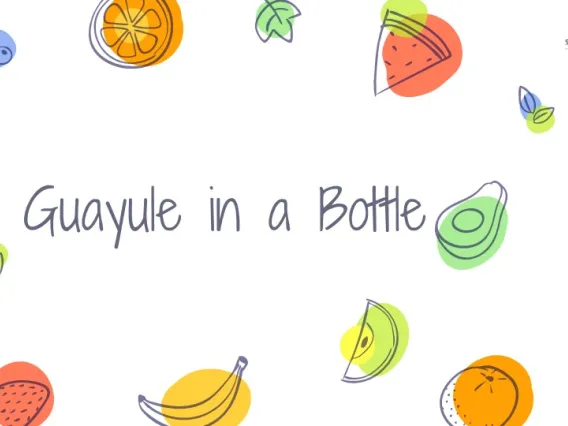
Guayule in a Bottle
Adapted from Teaching Engineering: Biodomes Engineering Design Project teachengineering.org
Author: Holly Barton, M.S., and Priscilla Fischback
Subject: Science, engineering
Grades: 6th – 8th grades
Summary: In this one to two week lesson, students conduct an experiment comparing a high water use seed/seedling and a low water/drought-resistant plant (Guayule). Other low water use plants can be used in place of Guayule if it isn’t available. Through this experiment, students make connections to water use and sustainable agriculture in arid lands.
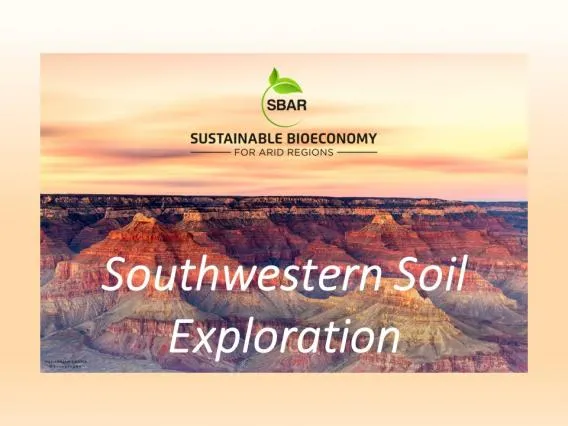
Southwestern Soil Exploration
Author: Matt Swanson
Subject: Science
Approximate Grade Level: 6th to 10th
Summary: This lesson introduces students to the soils of the Southwestern United States. Students will calculate the percentage of sand, silt and clay in a soil sample. Using Norther Arizona University’s Southwest Virtual Museum, students will explore how soil type influences the pottery styles of indigenous cultures in the Southwest.
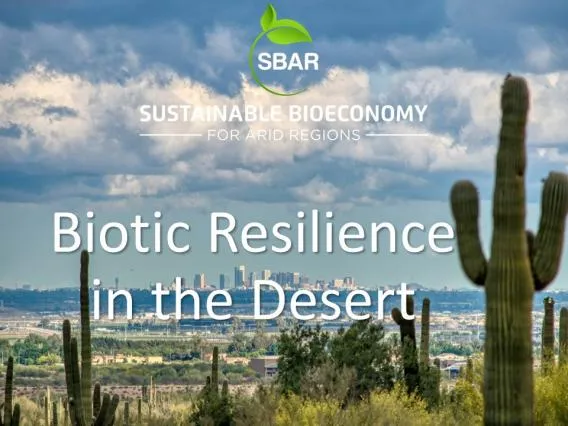
Biotic Resilience in the Desert
Author: Matt Swanson, Nick Morris, Juan Arias and Nathan Notah
Subject: Science
Grades: 6th-10th
Summary: This lesson explores the concept of resilience in several biotic organisms in a desert ecosystem. Lesson activities including creating lists of resilience strategies, many of which have long been practices of Native American communities, for human resilience facing water scarcity in arid ecosystems.
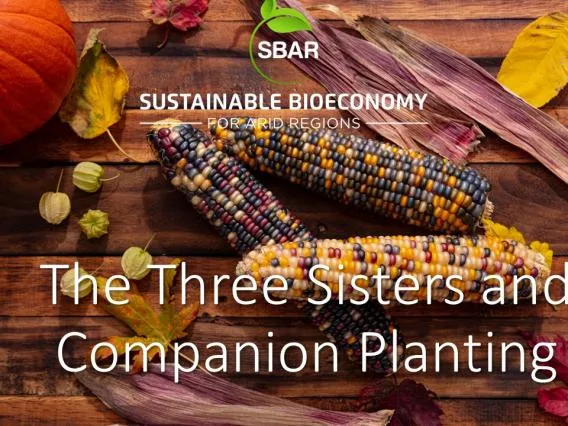
The Three Sisters and Companion Planting Lesson
Author: Matt Swanson and Juan Arias
Subject: Science
Grades: 6th-10th
Summary: This lesson introduces students to the concept of companion planting by focusing on the Native American tradition of planting the Three Sisters: corn, beans, and squash. Students will design their own Three Sisters garden as part of this lesson.

